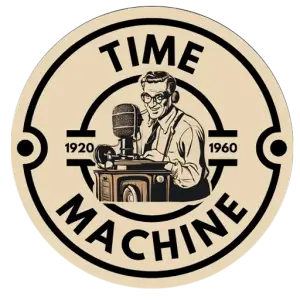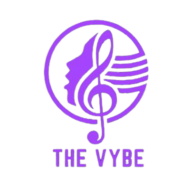In the early 1970s, Gil Scott-Heron stood in front of a microphone, the stage lights dimmed low. His voice, smooth but full of fire, filled the air as he recited his poetry, accompanied by a jazzy, soulful rhythm. “The Revolution Will Not Be Televised,” he declared, a line that would echo through generations. It wasn’t just a song—it was a manifesto, a call to action, and a glimpse into a future where music became a powerful voice for social change.
Gil Scott-Heron wasn’t a rapper—not yet. But his blend of spoken word, soulful melodies, and sharp social commentary would lay the groundwork for what was to come.
At the time, rap was still an emerging art form, bubbling up from the streets of New York City. The culture of hip-hop was in its infancy—DJ Kool Herc, Grandmaster Flash, and other pioneers were starting to shape the sound of a new era. But long before rap exploded into mainstream culture, there was Scott-Heron, whose ability to weave poetry with music in a way that directly addressed social issues created a blueprint for future generations of artists.
Gil’s music was about more than just beats—it was about storytelling. His tracks, like “Home Is Where the Hatred Is” and “The Revolution Will Not Be Televised,” were raw and unapologetic, addressing topics like addiction, poverty, and racial injustice. He didn’t sing in the traditional sense; he spoke with rhythm and intensity, a style that would directly influence the delivery of future rap artists. His voice, smooth yet powerful, became a form of lyrical activism—a tool to both document the struggles of the time and inspire change.
As the 1980s rolled around, rap began to take shape as its own genre, influenced by the very soul and jazz that Scott-Heron had embraced. Artists like KRS-One, Rakim, and Public Enemy, known for their politically charged lyrics, often cited Scott-Heron’s work as a major influence. They took his storytelling style and infused it with their own voices, building on the foundation he had created. Gil’s influence could be heard in their lyrical complexity and in their unflinching critiques of society.
Scott-Heron’s impact wasn’t just about lyrical content—it was also about the rhythm of his speech. His spoken-word delivery, which had often mixed poetic cadence with musical phrasing, became the model for rap’s “flow.” The way he could control the pace of his words, speeding up when necessary or slowing down for dramatic effect, set the stage for how modern rappers would master the art of rhythm and speech.
In the 1990s, as hip-hop flourished, Gil Scott-Heron’s influence was undeniable. Nas, one of rap’s most revered lyricists, often spoke of his admiration for the poet-musician. In his song “I Gave You Power,” Nas drew parallels to Scott-Heron’s poetic approach, blending themes of social justice, inner-city struggles, and personal reflection—core themes Scott-Heron had championed.
But the true testament to Scott-Heron’s influence was in how his spirit lived on in the music. His songs were sampled by countless rap artists—his words turned into hooks and beats, a tribute to the man who had set the stage for what was to come. His voice, though absent from the forefront of rap’s golden era, had shaped the genre’s roots, and his legacy lingered in the rhythms of every track that dared to speak truth to power.
Gil Scott-Heron passed away in 2011, but his influence is still felt in the heart of hip-hop. Every rapper who uses their platform for change, every artist who balances personal story with social critique, owes a debt to the man who brought poetry to the masses and showed the world that music could be more than entertainment—it could be revolution.


























